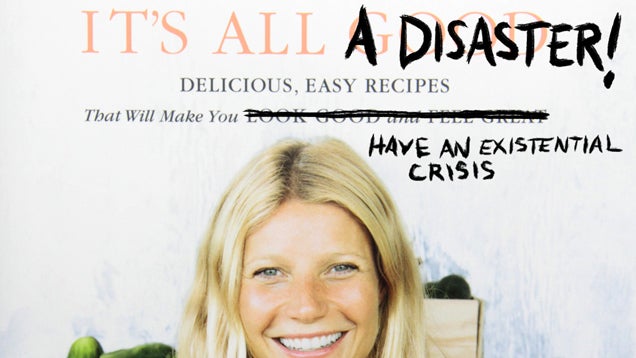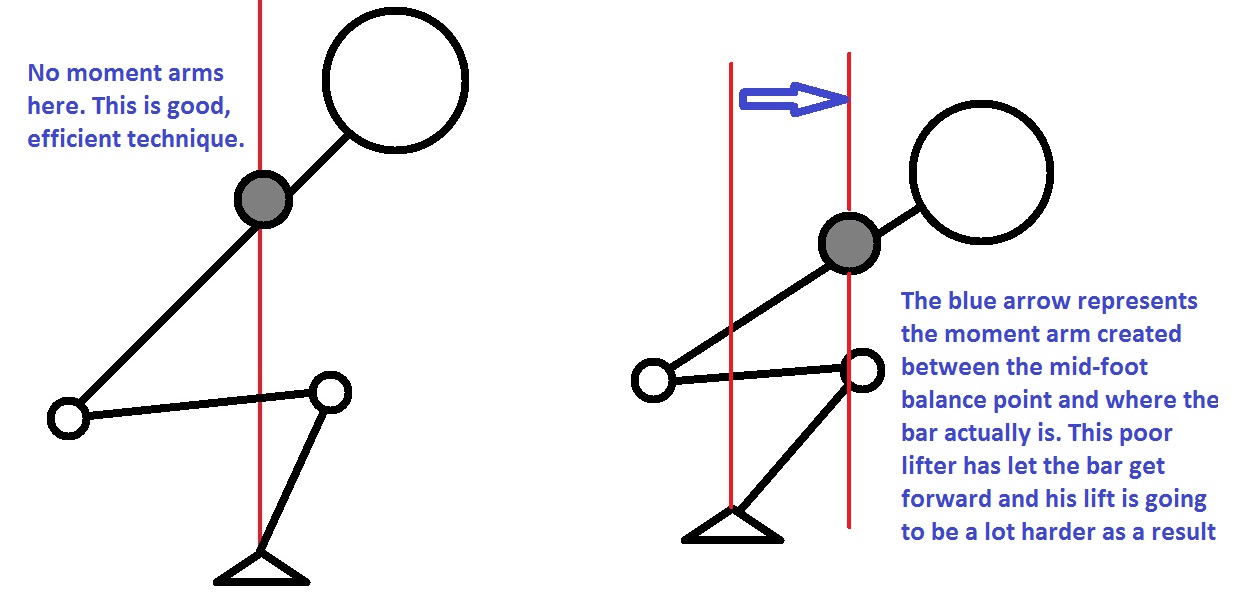I was up late this past Saturday night.
Granted, late for me (10 PM) is not late for everyone else, especially on a weekend night. Moreover it’s probably when things are getting started for most people.
Lisa and I had just gotten home from the movies where we saw the new Whitey Bulger documentary Whitey: United States of America vs. James J. Bulger. As resident pseudo Bostonians (neither of us born here – Lisa: Florida, myself: New York) we both felt obligated to go see it. And boy oh boy was it a fascinating peek into the story of Whitey Bulger and the “was he or wasn’t he an informant for the FBI?” clusterf*** of a mystery.
If you get the chance, I’d highly recommend it.
Anyways, like I said, it was late. Lisa wasn’t feeling too well, so we decided to get ready for bed. Of course I made the mistake of checking my email just one more time to make sure there wasn’t anything pressing or important to take care of.
And that’s when I read the email.
It’s an email that I get at least once week, if not every couple of days. And while I understand that it comes with good intentions, I sometimes can’t help but feel a sense of wanting to throw my face into an ax.
While they come in a variety of iterations, the theme is generally the same: “Tony, you’re about as close to a real life Han Solo as they get, how did you get to where you are today as a coach?”
I’m often dumbfounded by the question. Sometimes, even at a loss for words. But I wasn’t at precisely 10:07 PM (or thereabouts) when I read the email. Do people really think there’s an easy answer?
I started typing a response, and when I was done, 20-30 minutes later, rather than send it to the person who wrote the email, I posted it on my Facebook Fan Page because I figured it was a message that more than one person needed to hear.
And it’s what that, I felt I’d share it on my blog today.
And Here It Is
How did the Beatles become “the Beatles? How did Steve Jobs build Apple? How did the Golden Gate Bridge get built? Or, how did Will Hunting solve that seemingly unsolvable, hard as balls formula that Professor Lambeau left on the chalk board in MIT hallway outside his classroom?
HARD WORK, that’s how!!!!
Listen, Dr. Oz likes to propagate false claims and wishful thinking using flashy buzzwords and phrases like “magic pill” and “I’ve got the miracle answer for….”
[Cue hardship here: diabetes/fat loss/heart disease/raging explosive diarrhea/you name it.]
He prays on the notion that there’s an easy fix for “stuff”, an easy route to success, and caters to people’s lack of accountability for their own actions, or lack thereof.
There is no easy fix. It doesn’t exist.
Just like there’s no easy answer I can offer to the above query.
To put things into perspective, I started out as a personal trainer at a small corporate gym back in 2002. N’Sync was Dirty Pop’in, gas prices were $1.43 a gallon, and the iPhone didn’t exist. Not that 2002 is ancient history, but it certainly wasn’t yesterday.
I’ve been doing this for a little over a decade now, it’s only been within the past year, maybe two, where I’ve finally started to feel I kinda-sorta know what the heck I’m doing.
That’s countless client/athlete coaching hours, countless programs written, countless books read, and DVDs watched, and workshops/conferences attended. Not to mention innumerous words written from articles and blog posts. Well, technically, I could probably go back and count, but you get the gist of what I’m trying to say.
I’ve worked my ass off to get where I am. I didn’t get my first article published on T-Nation until 2006 (four years into my career). I didn’t train my first professional athlete until 2007.
And, to speak bluntly, I don’t feel “where I am” is anywhere close to where I’d like to be. I still have soooo much more to learn and understand.
I still feel like a moron whenever I’m in the same room as Eric (Cressey) or Bret (Contreres) or Gray Cook or Mike Boyle or Jim “Smitty” Smith or Dean (Somerset) or Mike (Robertson) or Nick (Tumminello) or Cassandra (Forsythe) or any other countless fitness professionals I look up to.
On a daily basis I’m reminded how much of an idiot I am. This isn’t to say I don’t recognize any of my success or that I de-value myself. Instead, it’s a subtle reminder that I’m not that special and things don’t just happen.
None of this – whatever this is? – happens overnight. Or in a week. Or in a month. Or in a decade.
It takes however long it takes. No one knows, really.
What I can tell you is that you have to put in the work, you have to have an insatiable appetite to always want to get better and improve, and you sure as hell better be willing to be humbled in the process.
Stop asking how long it will take to be successful or how long before you get your first article published or when you’ll get 1000 “likes” or when you’ll train your first professional athlete or when you’ll whateverthef***.
That’s not the point, and if that’s all you’re concerned with why are you even in this profession?
Instead, ask yourself how are you getting better today? How are you making your clients and athletes better?
That’s the more appropriate question.







 James Cerbie, CSCS, Pn1, USAW, Crossfit Level 1
James Cerbie, CSCS, Pn1, USAW, Crossfit Level 1



